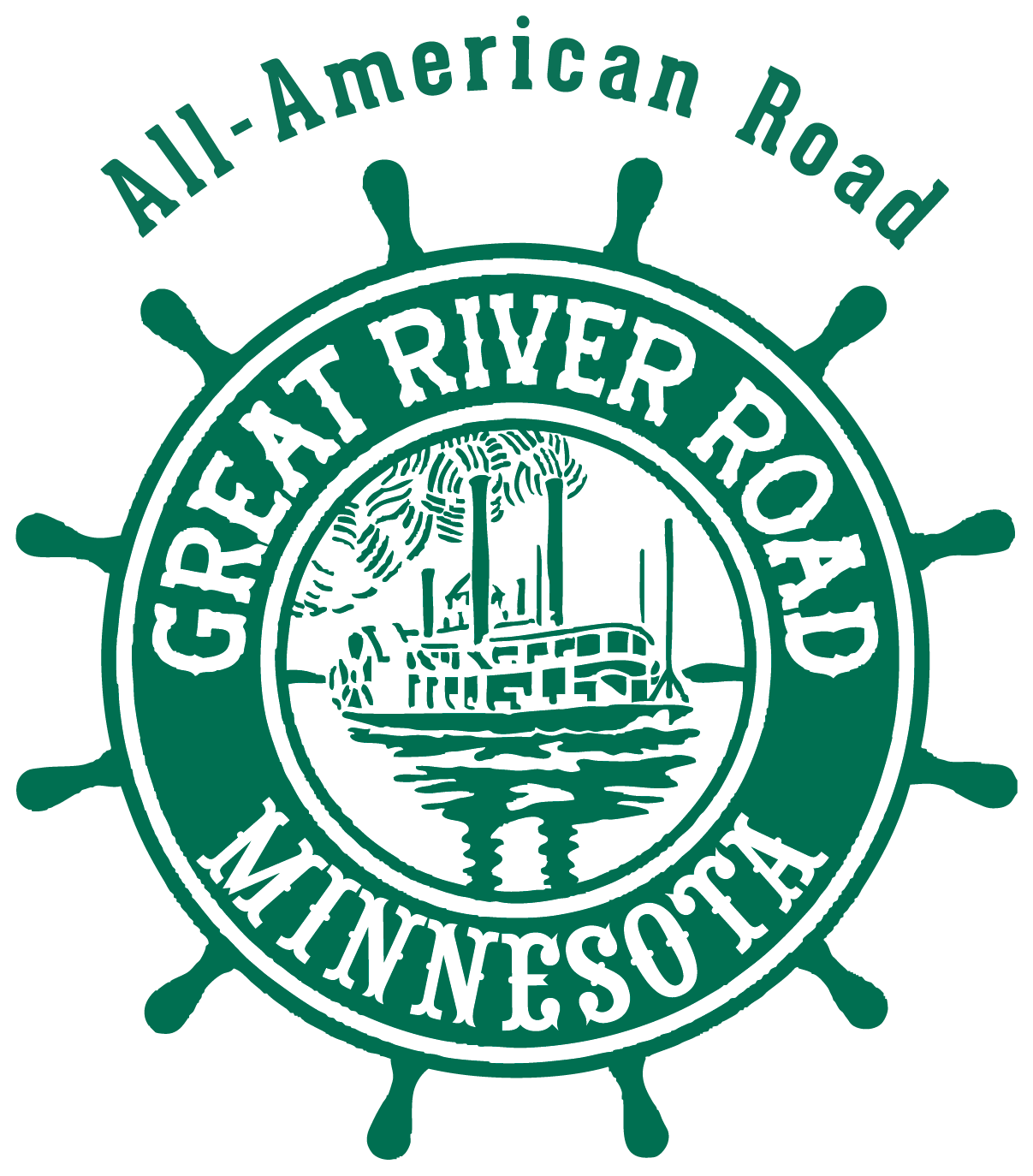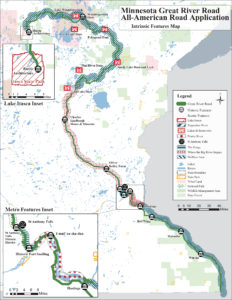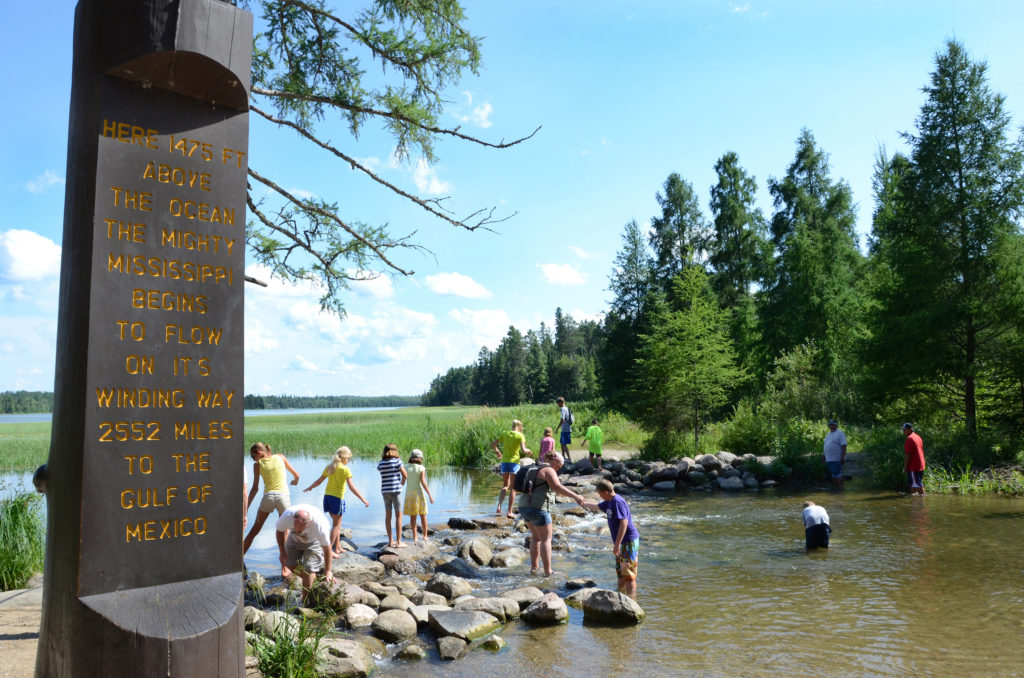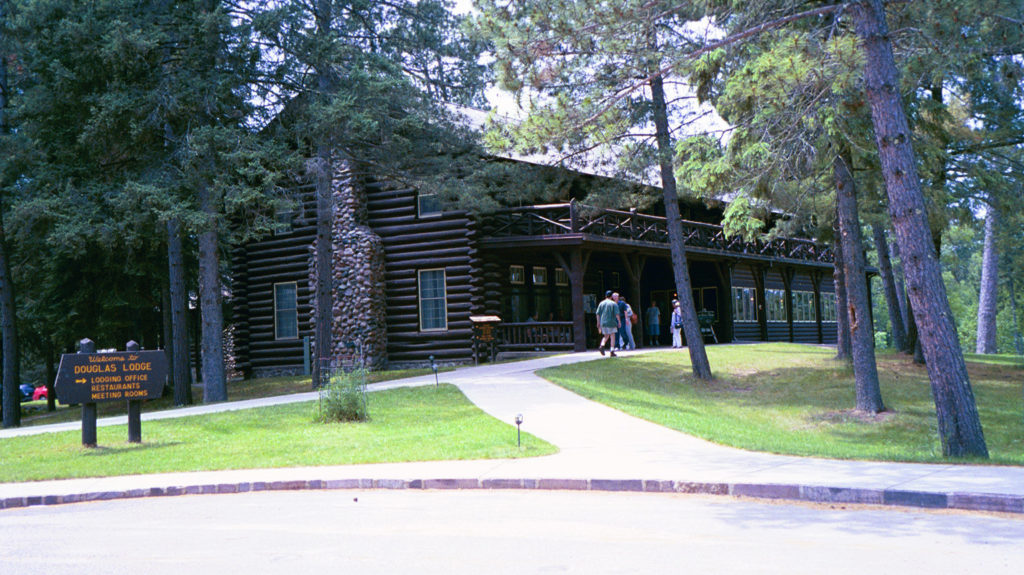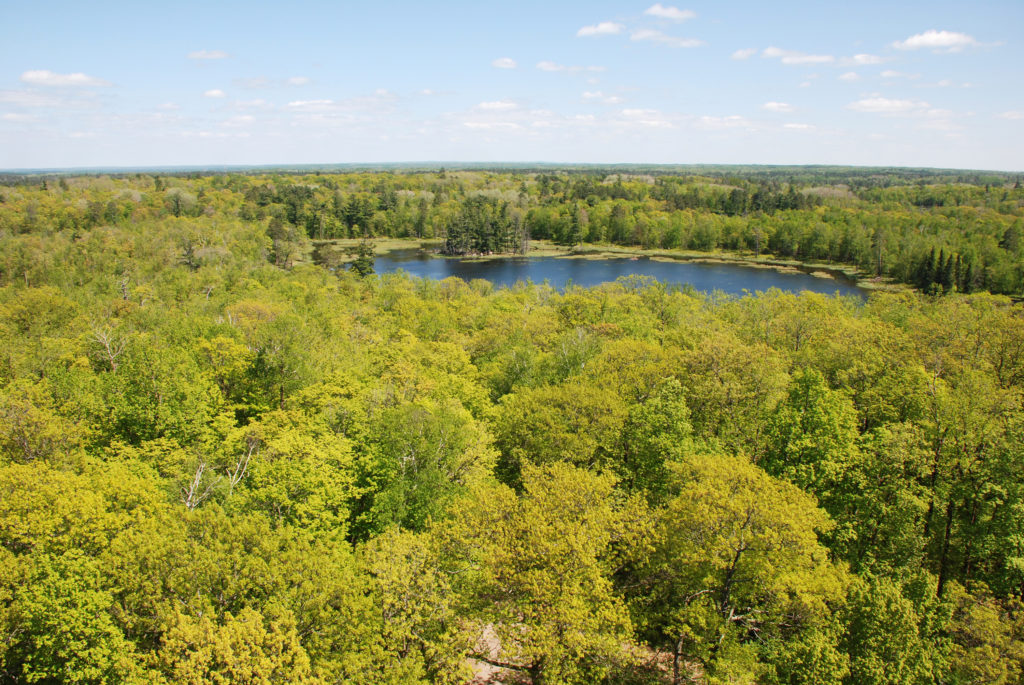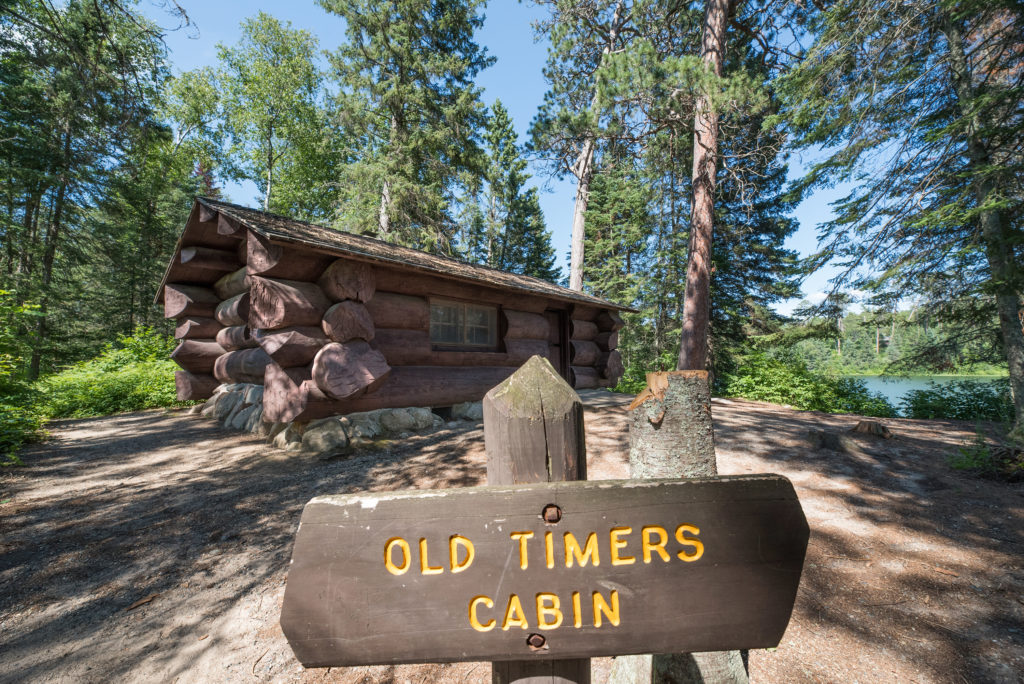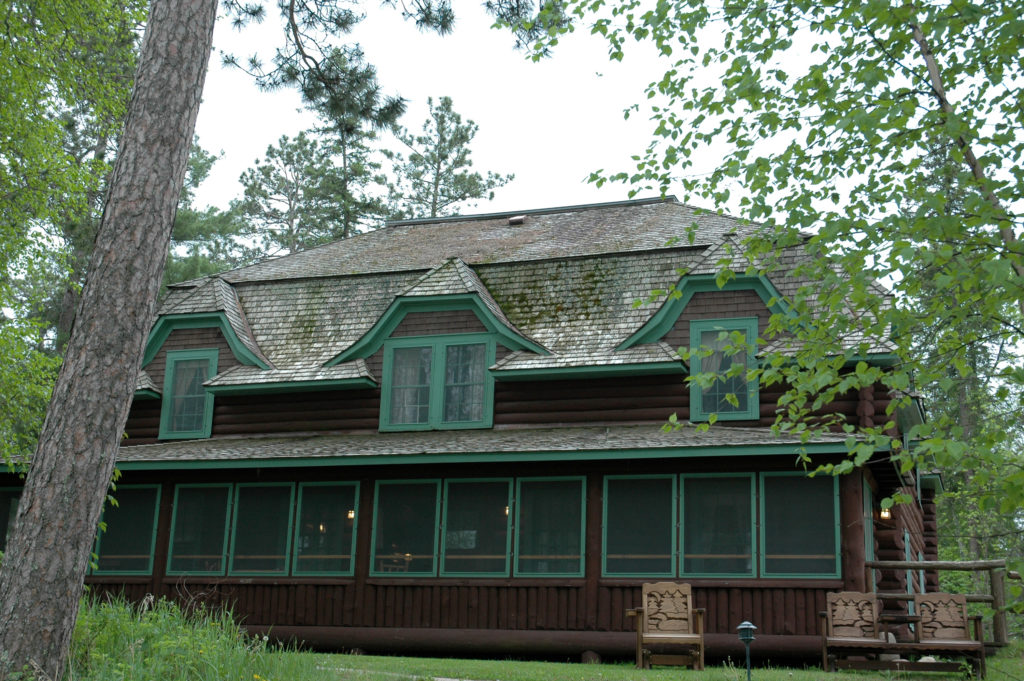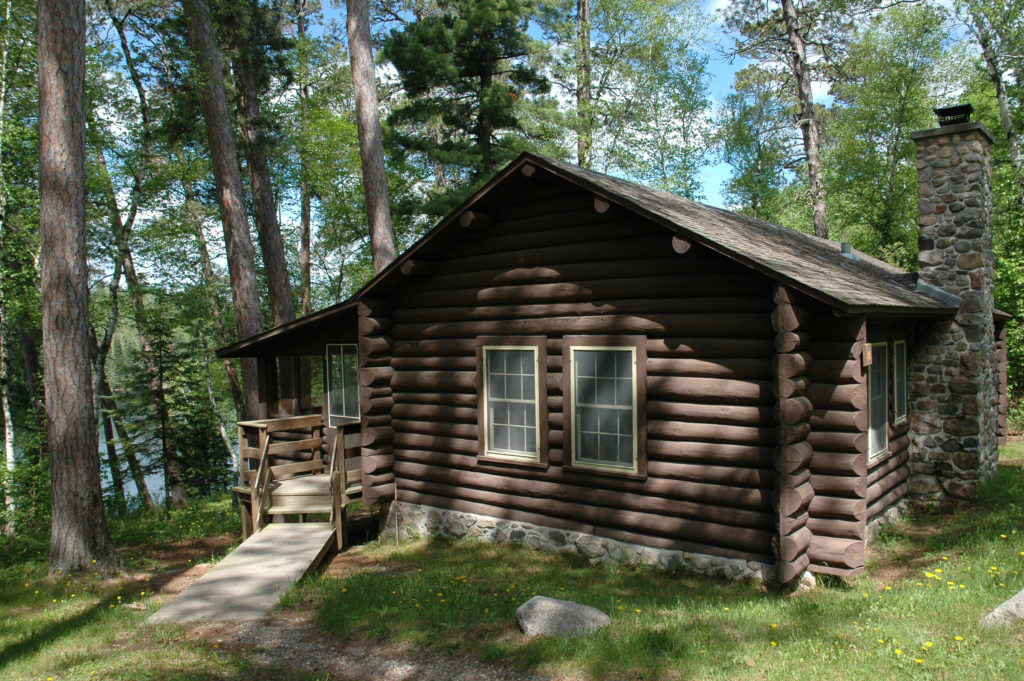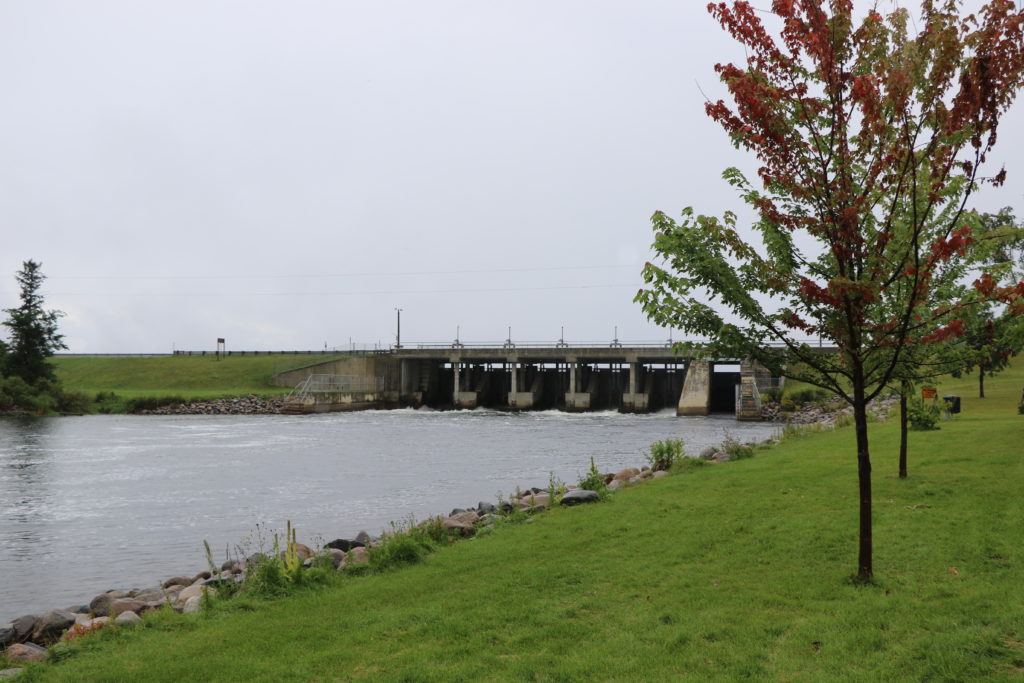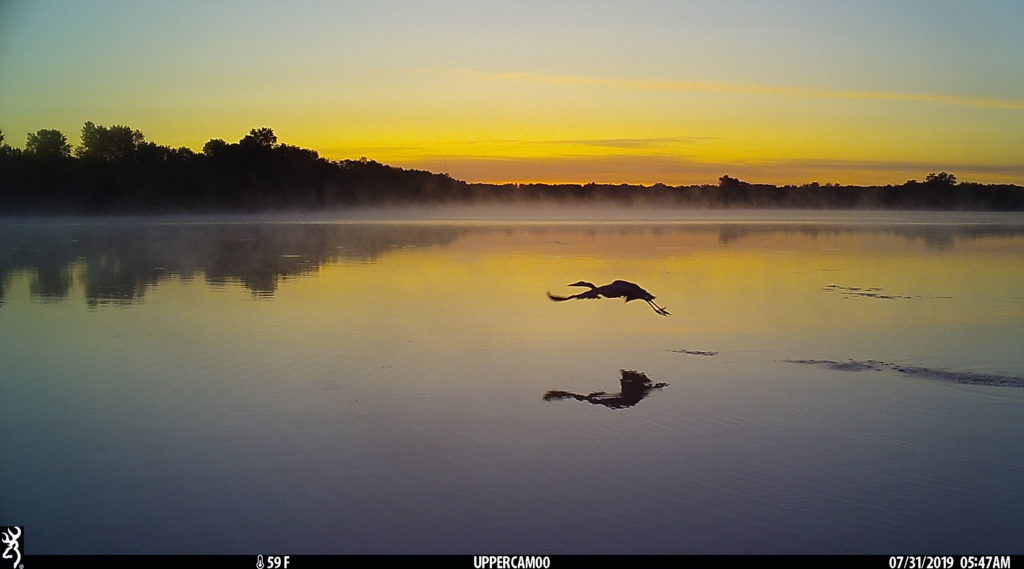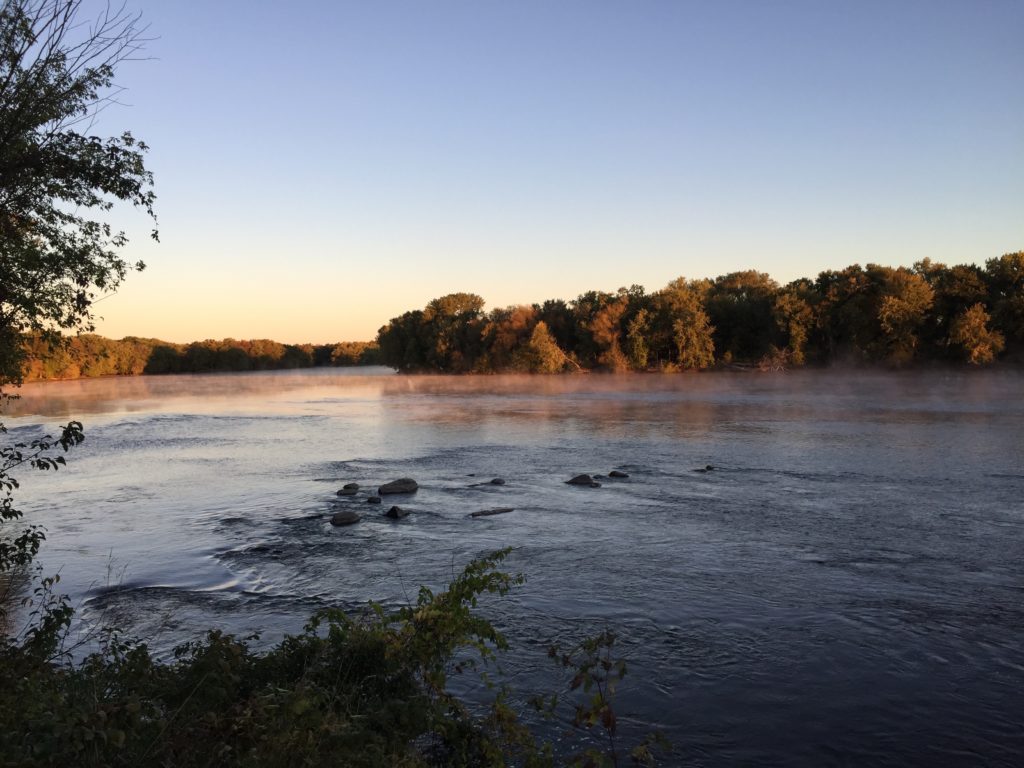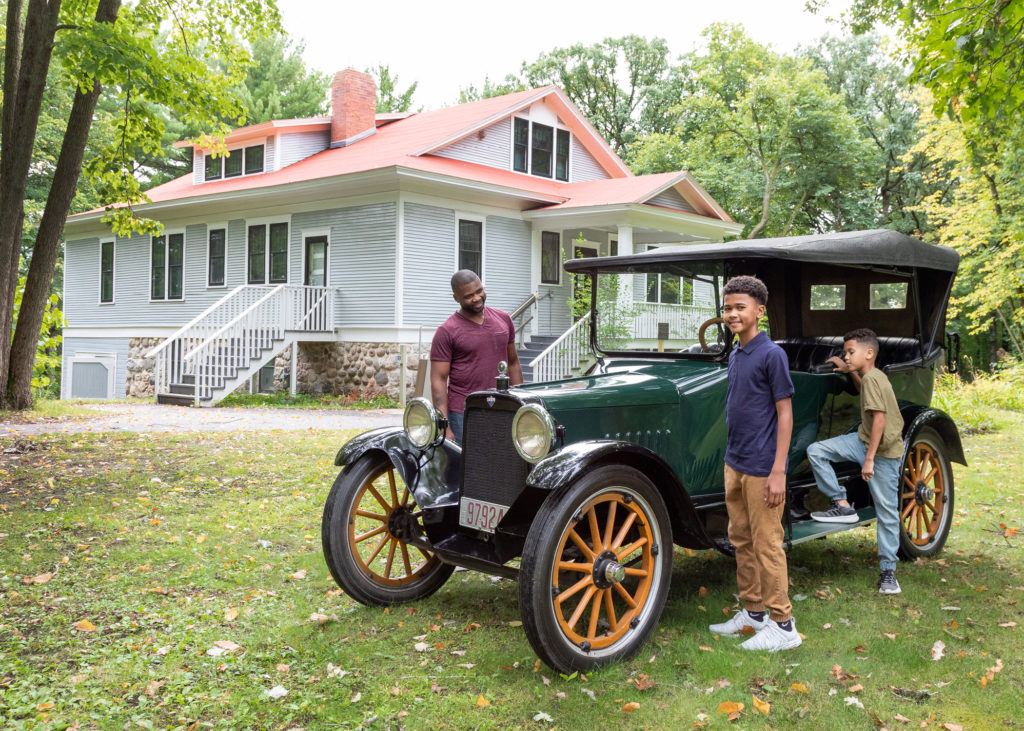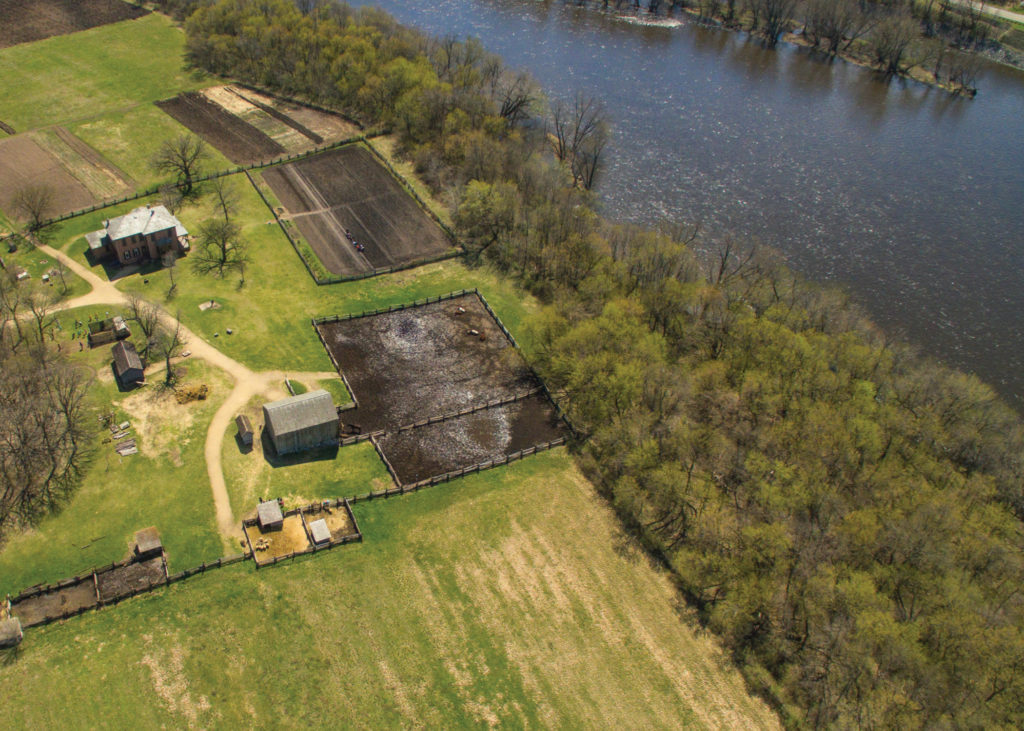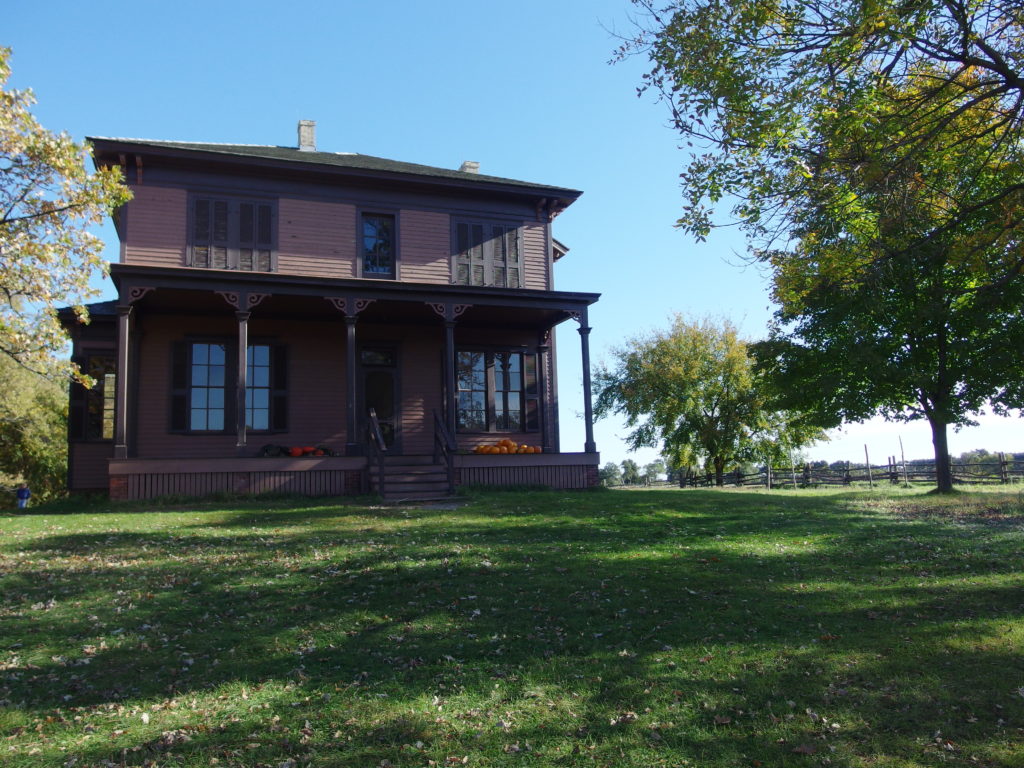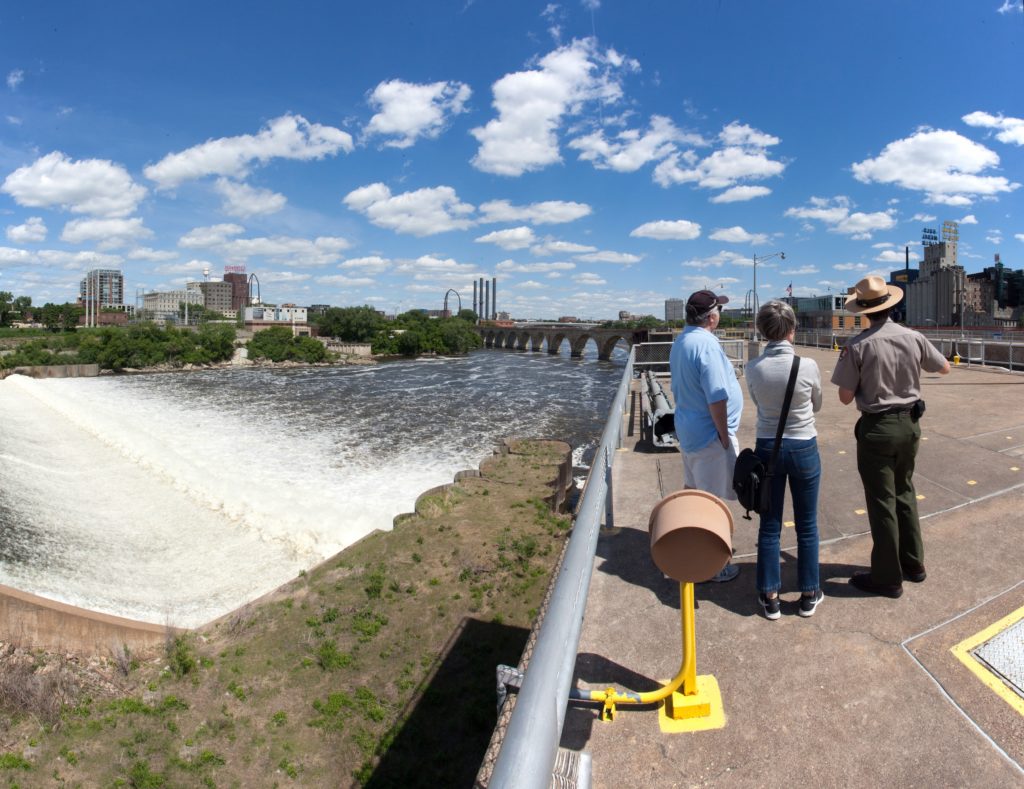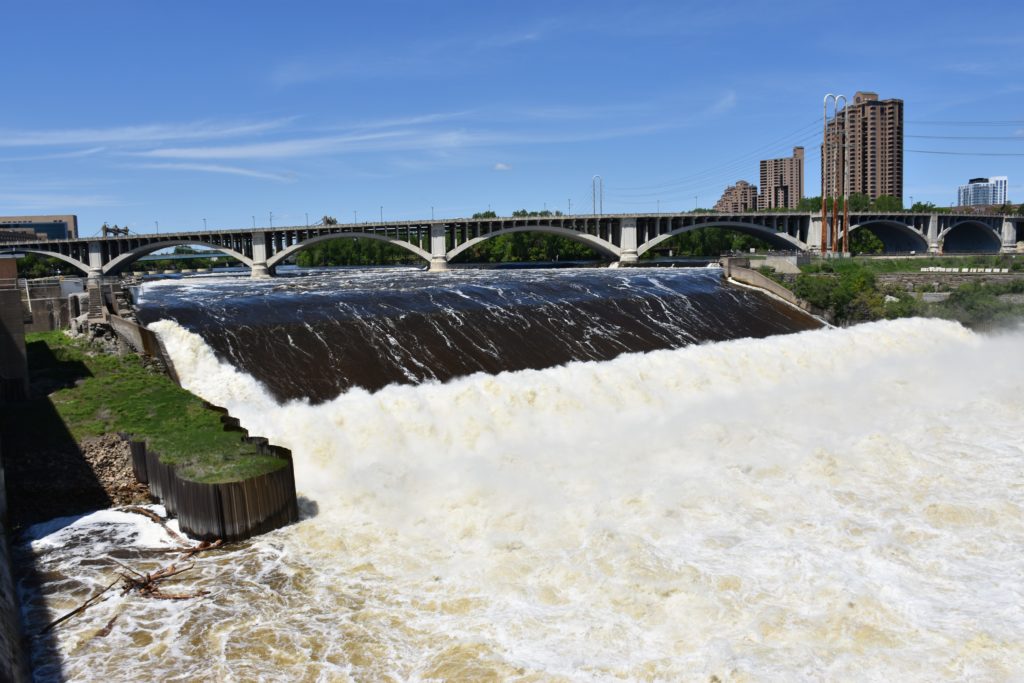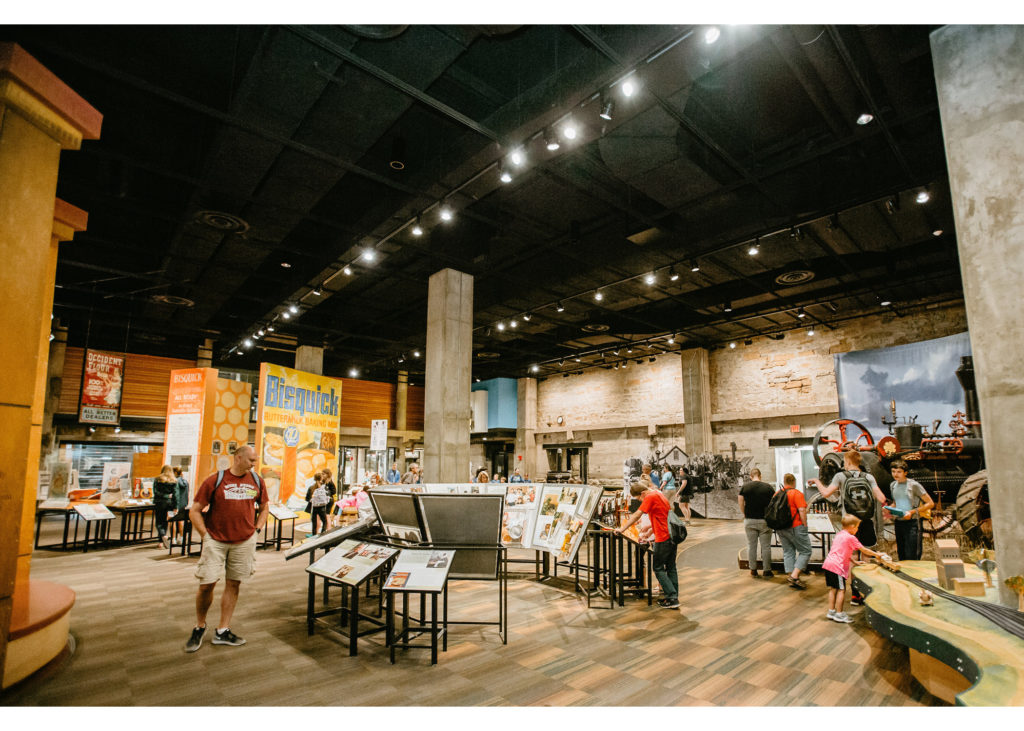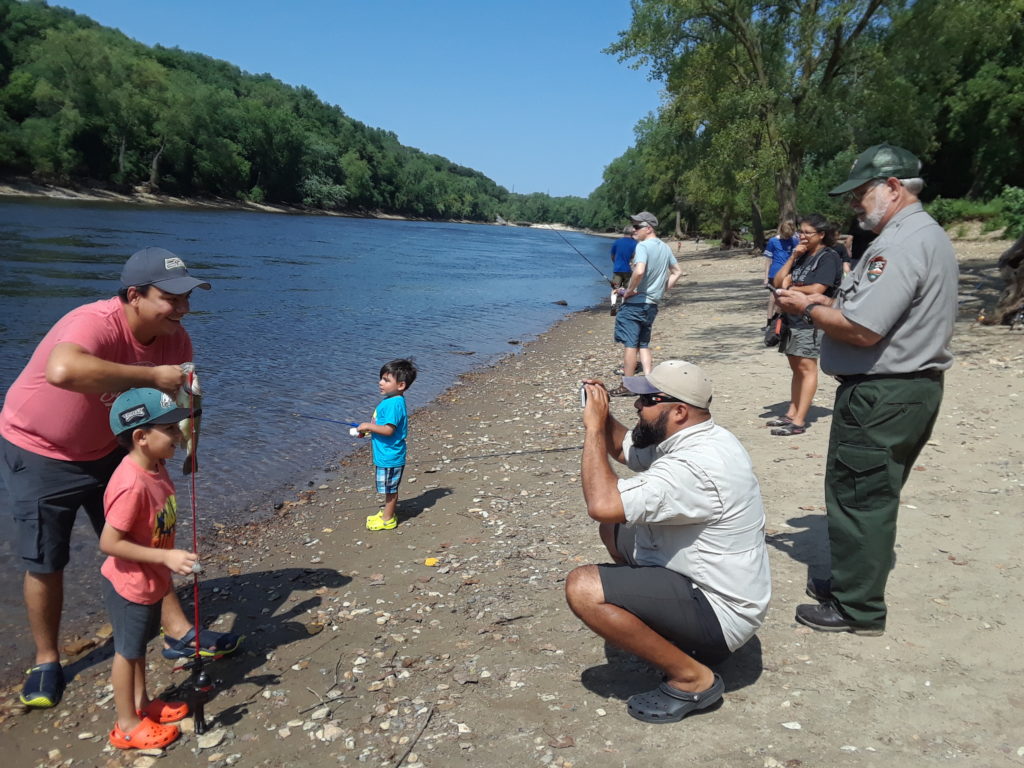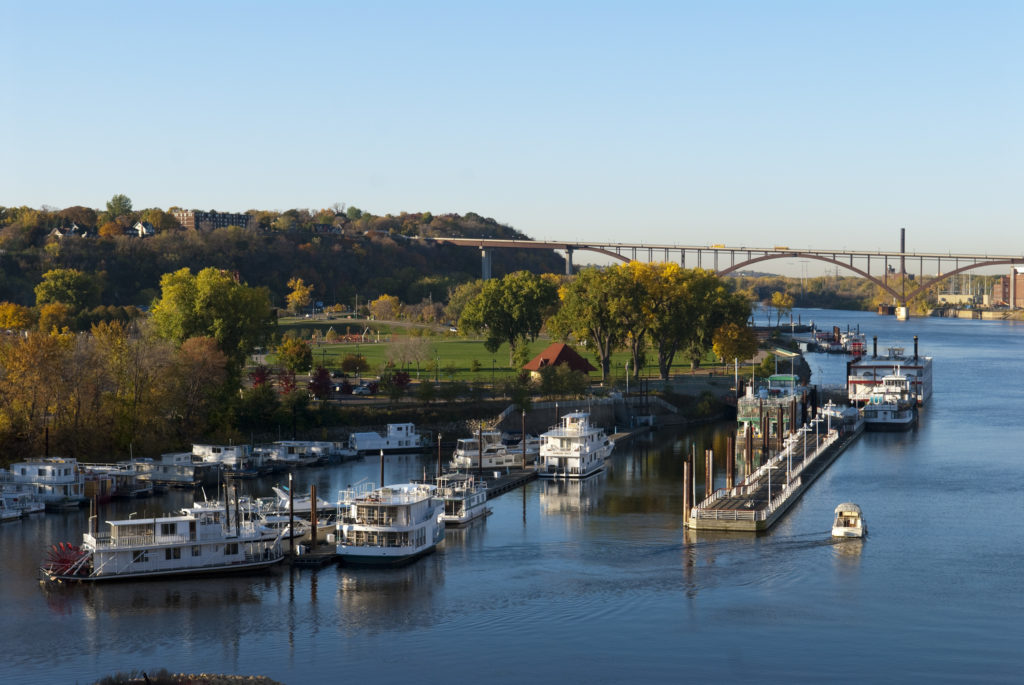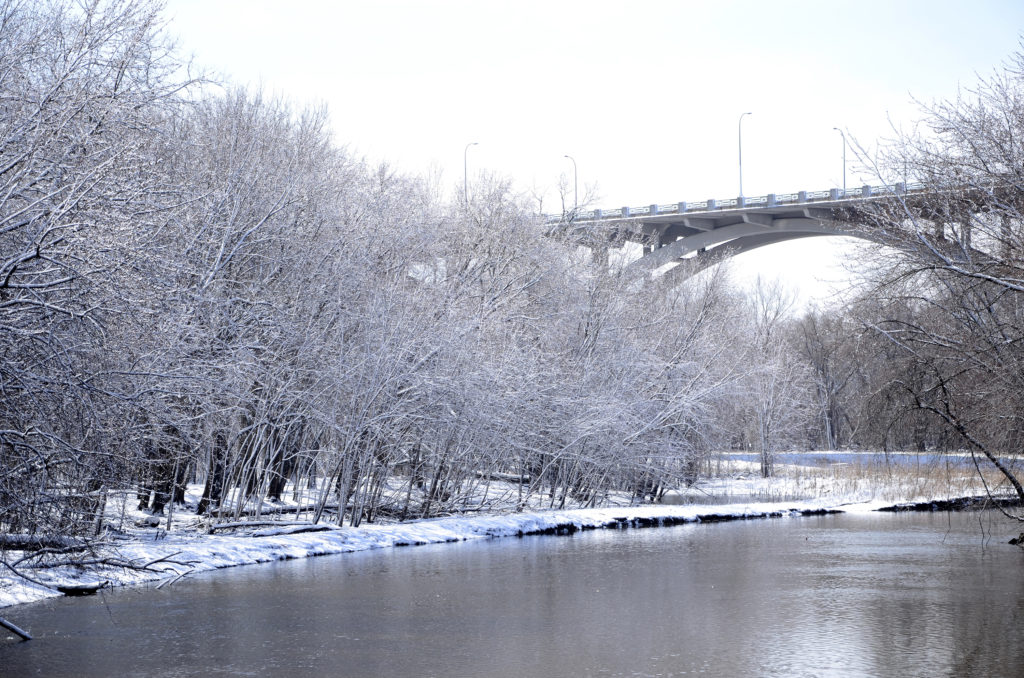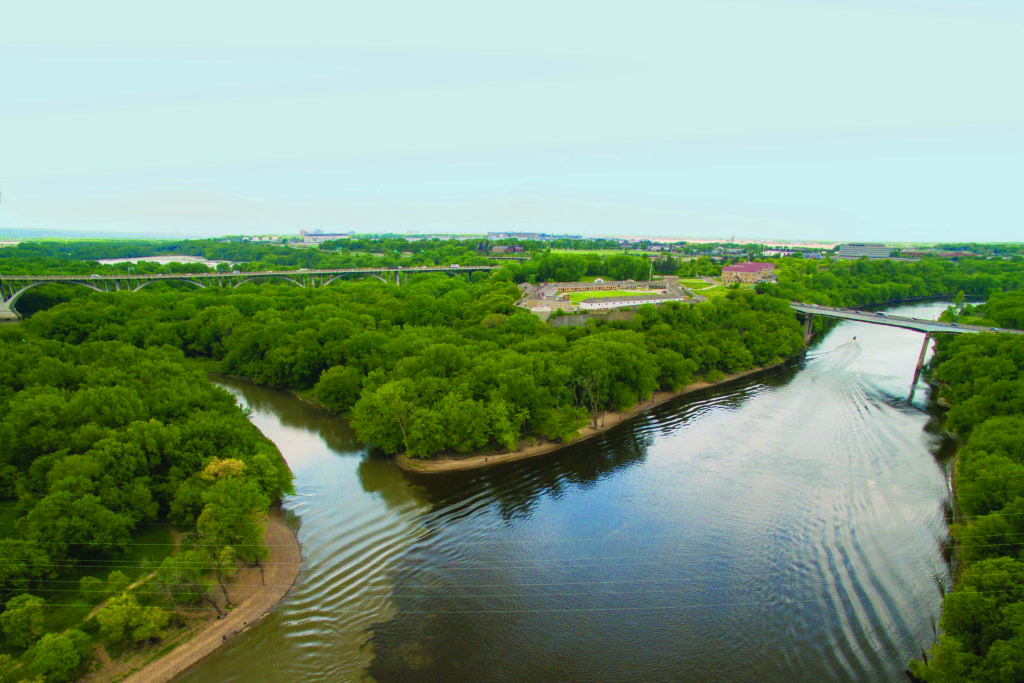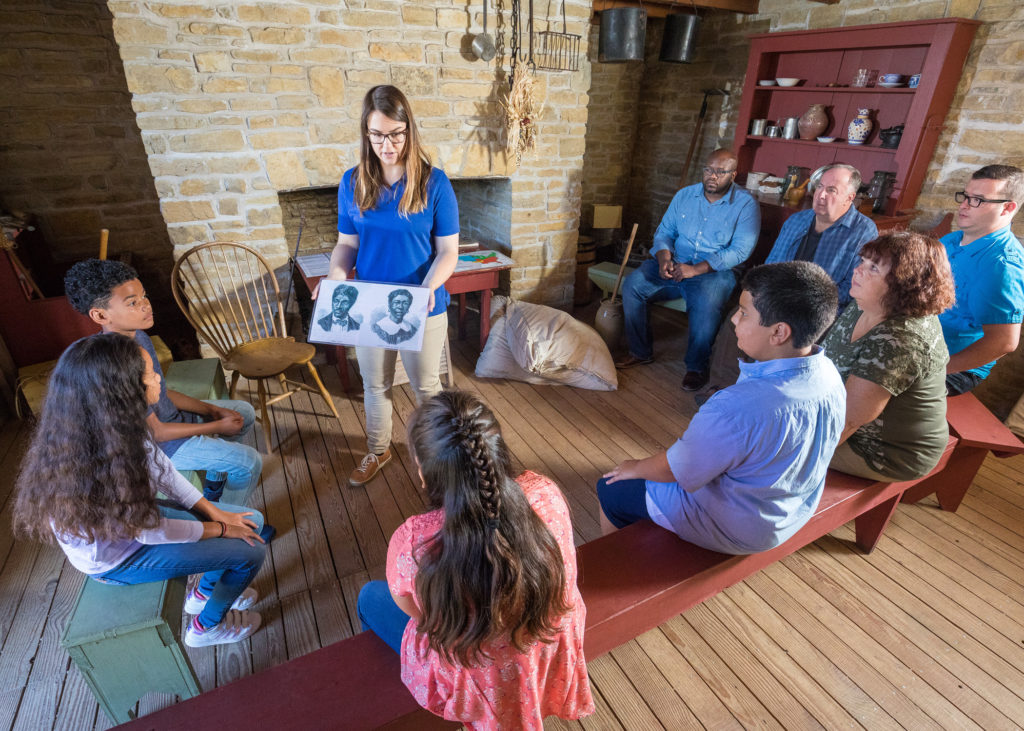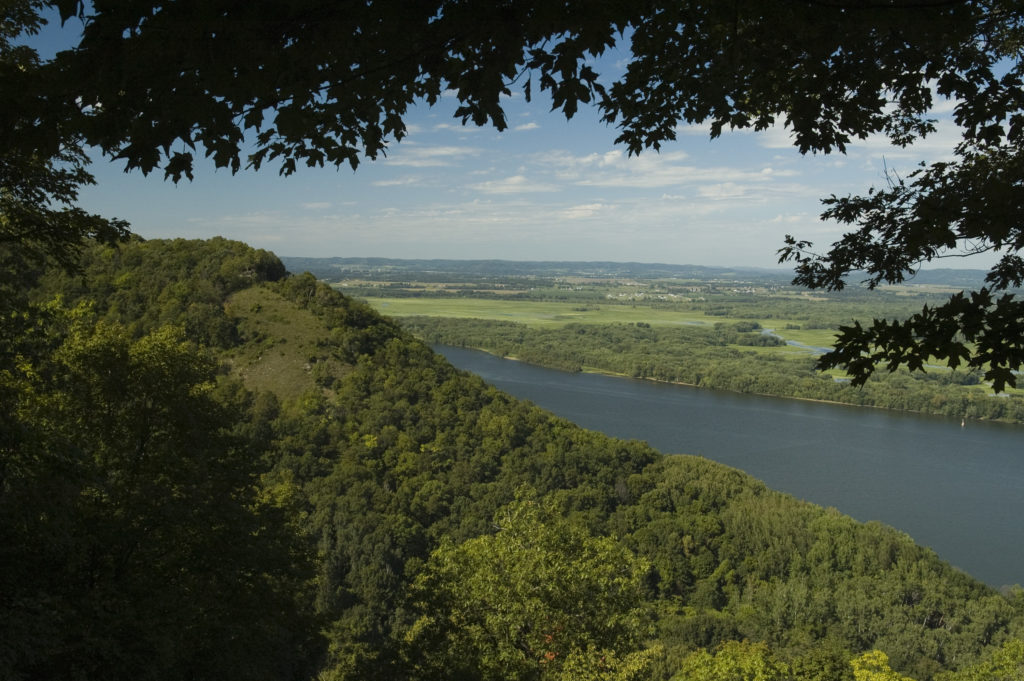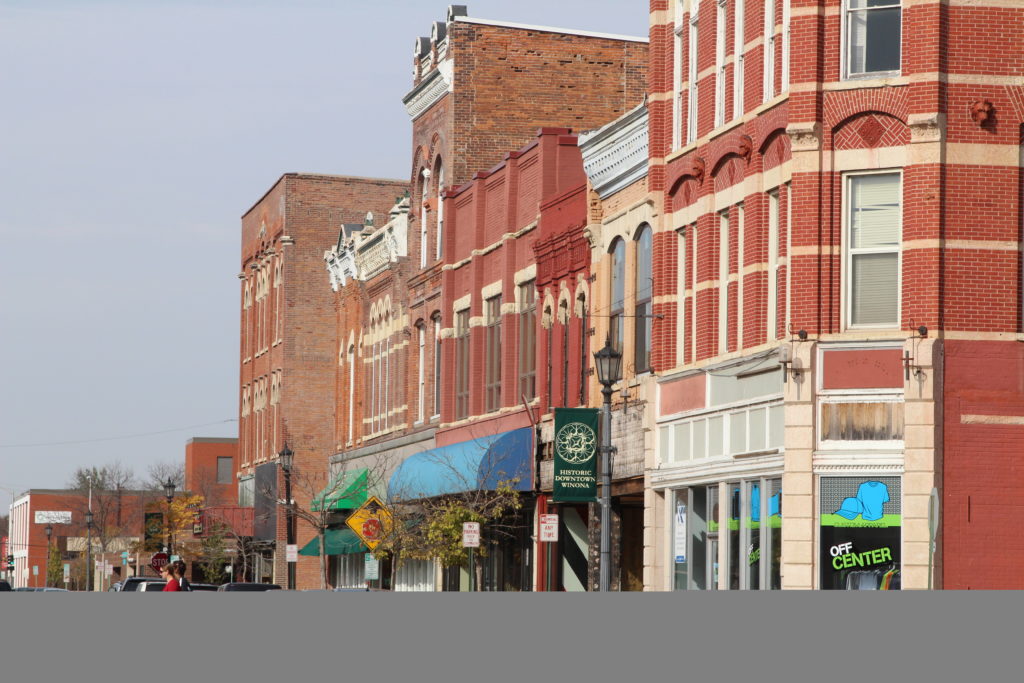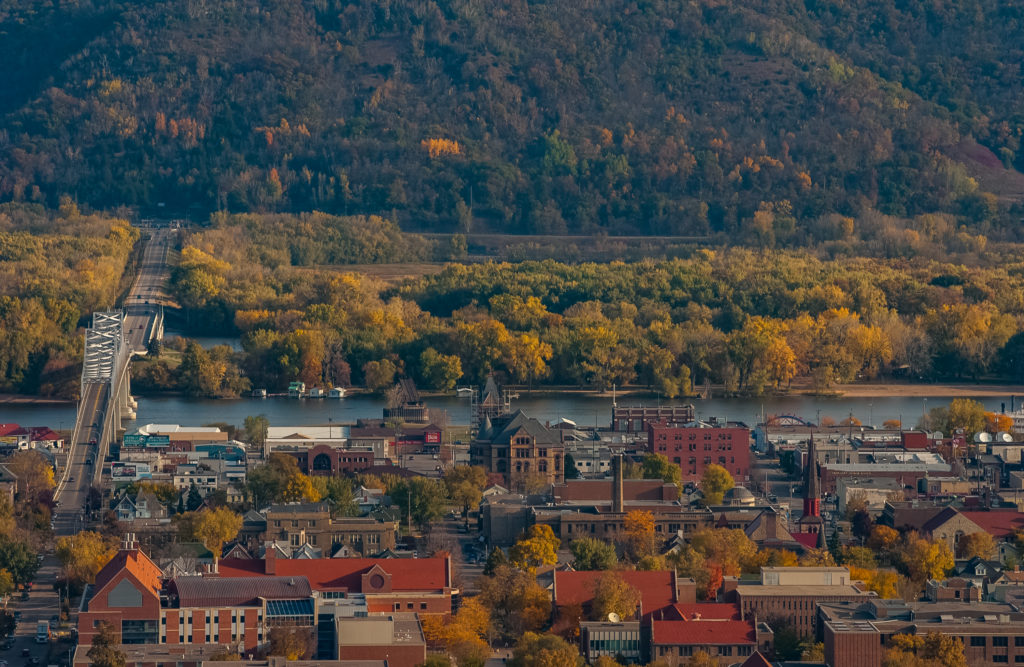What is an All-American Road?
America’s Byways are gateways to adventures where no two experiences are the same. The National Scenic Byways Program invites you to “Come Closer to America’s heart and soul….”The U.S. Secretary of Transportation recognizes certain roads as All-American Roads or National Scenic Byways based on one or more archaeological, cultural, historic, natural, recreational and scenic qualities. All-American Roads are the most noteworthy of all – the can’t miss routes that are destinations unto themselves, with attractions of national and international significance. The Minnesota Great River Road was notified of its All-American Road designation in February 2021, along with Wisconsin, Iowa, Illinois, Kentucky, Tennessee, Arkansas and Louisiana.

What Makes the Minnesota Great River Road an All-American Road?
Nowhere along its 2,552-mile course does the Mississippi River’s scenic landscape change more than in Minnesota. The 565-mile Minnesota Great River Road is designated along a cornucopia of state and local roads from the iconic Lake Itasca headwaters to the Iowa border. Evolving river landscapes feature 40+ cities hosting river exploration. Residents and tourists are invited to experience over 700 Mississippi River historical, scenic, recreational, cultural, natural, and archaeological features; and twelve specially designated Great River Road Interpretive Centers. While Minnesota’s Great River Road offers 700+ places to see and things to do, the All-American Road nomination highlighted 16 features to represent the journey and feeling along Minnesota’s Great River Road. Use this list as a starting point for your All-American adventure! Find more details and mapping on our Plan Your Trip tool or order a print map today.
Eight Unique Scenic Reaches
- Lake Itasca – the Mississippi River’s birthplace
- Serpentine River – a twisting, snaking river that challenges the best of paddlers
- Headwaters Lakes – part of America’s first reservoir system meant to augment navigation and hydropower
- Prairie River – where the Mississippi grows into adolescence and straightens out
- St. Anthony Falls – the Great River’s only major waterfall
- The Gorge – where the river falls 110 feet over 8.5 miles through a narrow canyon
- Where the Big River Begins – here the Mississippi becomes the river of Mark Twain
- Driftless Area – where majestic bluffs frame the broad river and valley
Eight Historic Gems
- Rustic Architecture of Itasca State Park – blending architecture with nature
- Headwaters Dams – create reservoirs that now serve recreation and wild rice production
- Charles Lindbergh House & Museum – boyhood home of America’s famous pilot
- Oliver Kelley Farm – historic living farm and home of national farm movement leader
- St. Anthony Falls Historic District – where Pillsbury & Gold Medal Flour and General Mills began
- Historic Fort Snelling – from frontier outpost to World War II – stories of tragedy and heroism
- I-mni’-za-ska-dan (Dayton’s Bluff) – site of Hopewell Culture mounds dating back nearly 2,000 years
- River Towns (featuring Hastings, Red Wing, Wabasha and Winona) – quintessential river towns
Photo Gallery
These are some of the features that make the Minnesota Great River Road an All-American Road.
Thank you to all those listed below for helping us show these examples!
People enjoy walking across the mighty Mississippi River in Minnesota’s Itasca State Park as it starts its winding journey 2,552 miles to the Gulf of Mexico. Copyright: MN Department of Natural Resources/Deb Rose. Completed in 1905, Douglas Lodge is one of the premier historic structures within Itasca State Park. Visitors today can experience history while enjoying a meal or overnight stay in this iconic building. Credit – National Park Service You can climb the fire tower at Itasca State Park and take in a panoramic view of the forests and lakes of the Mississippi River headwaters around Minnesota’s oldest state park. Copyright: MN Department of Natural Resources/Deb Rose. The Civilian Conservation Corps (CCC) constructed Itasca State Park’s Old Timer’s Cabin. Itasca State Park itself is designated as a National Register Historic District. There are many historic sites within the park. Copyright: MN Department of Natural Resources/Deb Rose. Itasca State Park’s Clubhouse is a two-story log structure built in 1913 and is the park’s premier lodging facility, great for family gatherings and celebrations. Copyright: MN Department of Natural Resources/Deb Rose. Itasca State Park has numerous CCC era log cabins that are available for rental including this cabin located near the historic Douglas Lodge Restaurant. Copyright: MN Department of Natural Resources/Deb Rose. Winnibigoshish Dam, or “Winnie” as it’s locally known, transforms the Mississippi River into one of the largest lakes in Minnesota. Credit – US Army Corps of Engineers Sartell, Minnesota’s river dam backs up the water to form a shallow lake used by wildlife like this heron, captured on film by a trail cam. Copyright: MN Department of Natural Resources/Eric Altena. The Mississippi River at Dayton retains a prairie river quality, calling for quiet reflection. Credit – National Park Service Visitors can tour the 1906 family home of Charles A Lindbergh, furnished with original Lindbergh family objects. Credit – Minnesota Historical Society An aerial view of the original 1860s historic homestead on the banks on the banks of the Mississippi River. People come to experience the story of farming, food and agriculture — past and present. Credit – Minnesota Historical Society The Farm Lab barn, where you can meet Minnesota raised livestock that provide our meat, dairy, eggs, and wool, and learn about the modern livestock industry. Credit – Minnesota Historical Society Visitors are invited inside this large Italianate-style house to help with household chores, from sewing to preparing a 19th century meal. This is the second Kelley home, built in 1876. Credit – Minnesota Historical Society A National Park Service Ranger from the Mississippi National River and Recreation Area tells the story of the St. Anthony Falls area to a small group of visitors, while viewing both the east and west banks of the river. Credit – National Park Service Close up view of St. Anthony Falls in downtown Minneapolis. Credit – John Anfinson The buildings that developed Minneapolis into a milling and trade center remain in what is designated as the St. Anthony Falls Historic District. Credit – John Cross courtesy Minnesota Historical Society At Mill City Museum, see 19th-century flour milling machines, view vintage advertising, sit at a huge dinner table outfitted to feed a wheat harvest crew, trace the journey of wheat from farm to market, design your own cereal box, and meet a history player from the city’s past. Credit – Minnesota Historical Society Shorefishing opportunities abound in gorge area of Minneapolis and St. Paul’s Mississippi National River Recreation Area. Hidden Falls Park is a popular place to picnic and launch boats, as well as fish. Copyright: MN Department of Natural Resources/Gina Bonsignore. Clear skies, calm blue water and a variety of boats standing ready at a marina are visible from the Wabasha Street Bridge in downtown St. Paul. Credit – Explore Minnesota Ice and snow provide a storybook winterscape along the Mississippi River at Fort Snelling State Park. Copyright: MN Department of Natural Resources/Deb Rose. The confluence of the Minnesota and Mississippi rivers is one of the most historically significant landscapes in Minnesota, known to many Dakota people as Bdote. It is a place where rivers and people have come together for at least 10,000 years. Credit – Minnesota Historical Society Within Historic Fort Snelling, a variety of programs and presentations showcase this unique place’s deep and diverse history. Credit – Minnesota Historical Society Children sit in view of the sacred burial mounds at aptly named Mounds Park in Saint Paul. Credit – National Park Service Mounds Park provides the perfect view of downtown Saint Paul across the Mississippi River. Credit – National Park Service The Driftless Area boasts many overlook spots like this one, inviting visitors to take a seat and view the charming town and river below. Credit – Explore Minnesota Barn Bluff is a popular hiking spot and worth the effort needed to reach the top of the 340-foot bluff. The cliff showcases a spectacular view of the Mississippi River on one side and Red Wing on the other. Credit – Explore Minnesota Wide span views of the Driftless Area abound from blufftops like this one showcasing the majesty of the Mississippi River. Credit – Explore Minnesota Historic downtown Winona includes nearly a dozen blocks lovingly preserved on the National Historic Register. Credit – Visit Winona Built between 1869 and 1871, Hastings City Hall was originally the Dakota County Courthouse and was renovated in 1912. This is just one example of a River Town historic jewel that travelers encounter on their journeys. Credit – Explore Minnesota/David Youngren A birds eye view of historic downtown Winona and the magical Mississippi River provides fall season inspiration. Credit – Explore Minnesota
